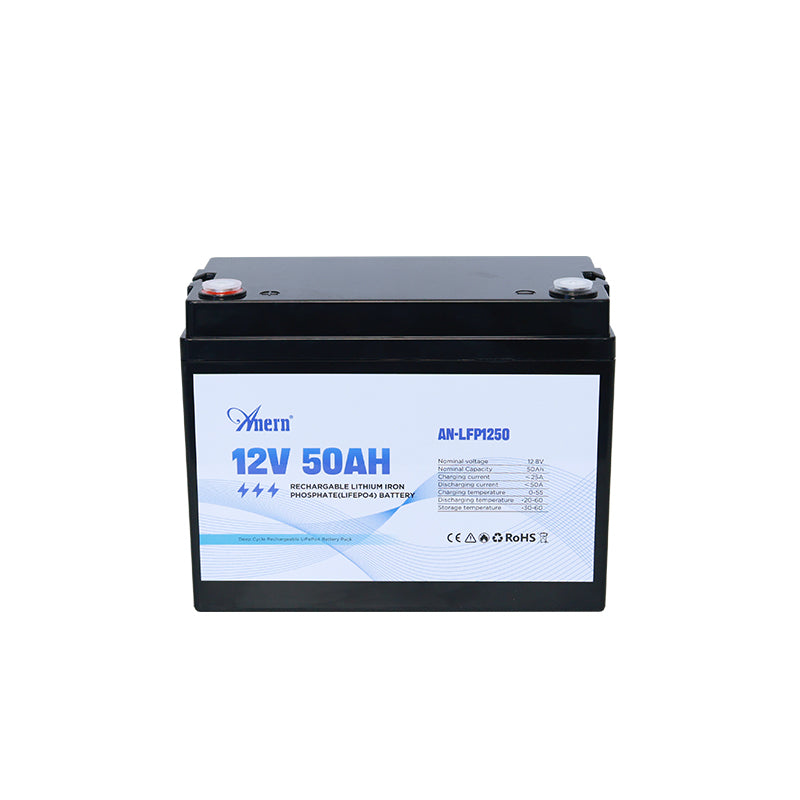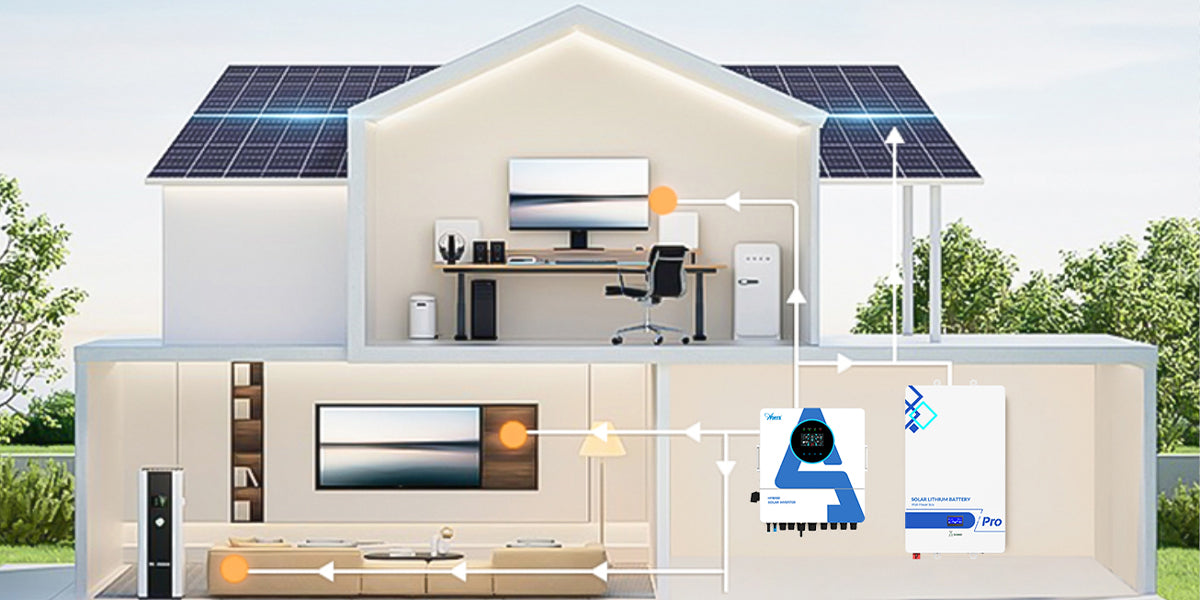Portable solar panels offer incredible freedom, providing clean, renewable energy wherever your adventures take you. To get the most out of your investment, it's crucial to understand how to maximize their efficiency. With a few strategic adjustments and proper care, you can significantly boost your panel's power output. This guide provides essential tips and tricks to ensure you're harnessing every possible watt.
Mastering Placement for Maximum Sunlight
Where and how you place your solar panels is the single most important factor in their performance. Direct sunlight is key, and optimizing exposure requires attention to direction, angle, and potential obstructions.
Face the Sun: Direction is Key
To maximize sun exposure throughout the day, the orientation of your panels is critical. For those in the Northern Hemisphere, panels should face true south. Conversely, if you are in the Southern Hemisphere, your panels should face true north. This alignment ensures the panels capture the most direct sunlight as the sun moves across the sky.
The Perfect Tilt: Finding the Right Angle
The angle, or tilt, of your solar panels dramatically affects their ability to capture solar energy. A common rule of thumb is to set the angle at 45 degrees, but for true optimization, the ideal angle corresponds to your location's latitude. According to Buddy Magazine, you can fine-tune this with seasonal adjustments: in winter, when the sun is lower in the sky, you should increase the panel's angle. In the summer, when the sun is higher, a lower, more horizontal angle is more effective. You can track the sun's movement throughout the day and adjust the angle for even greater efficiency.
Avoid Shadows and Manage Heat
Shade is the enemy of solar power generation. Even small shadows cast by trees, buildings, or other obstructions can significantly reduce your panel's output. Always place your panels in an area with a clear, unobstructed view of the sun. However, intense heat can also diminish performance. As temperatures rise above 25°C (77°F), a panel's efficiency typically begins to decrease. As noted by Weather Geeks, you can strategically use shade to protect your panel from overheating during peak sun hours, and ensuring there is good airflow underneath the panel can help dissipate heat.
Essential Maintenance for Peak Performance
Regular maintenance is simple but vital for keeping your portable solar panels operating at their best. A clean, well-cared-for panel will generate more power and have a longer lifespan.
Keep Your Panels Clean
Over time, dust, dirt, pollen, and other debris will accumulate on your panels, blocking sunlight and reducing efficiency. Studies show that buildup can reduce performance by up to 25%. Regular cleaning is essential. Use a soft cloth or sponge with water and, if needed, a mild, non-abrasive soap. Avoid using high-pressure water streams or harsh chemicals, as these can damage the panel's surface or electrical components. According to ResidentialSolarPanels.org, consistent cleaning is a key part of battery maintenance and extending the overall life of your solar equipment.
Enhancing Your Setup with the Right Gear
Beyond placement and cleaning, the components you use with your solar panel play a significant role in the system's overall efficiency.
Harnessing Advanced Technology
A charge controller is an essential device that regulates the power flowing from the solar panel to your battery, preventing overcharging. Many modern portable power stations come with an integrated Maximum Power Point Tracking (MPPT) charge controller. As explained by Weather Geeks and other experts, MPPT technology actively optimizes the energy harvest from your panels, boosting charging efficiency by up to 30% compared to standard controllers.
Select High-Quality Components
- Panels: The efficiency of the panel itself is a foundational factor. According to the International Energy Agency, commercial monocrystalline photovoltaic (PV) cells, which are common in high-quality portable panels, have an efficiency of around 15-23%.
- Batteries: The quality of your battery determines how well the generated power is stored. Choose high-quality batteries designed for deep-cycle use, such as NiMH or lithium-polymer, to ensure they can hold a charge effectively. ResidentialSolarPanels.org suggests that using high-quality rechargeable batteries improves performance and longevity.
- Cables: Don't overlook your connection cables. Power can be lost if cables are too thin or low quality. SolarMuseum.org advises using a thicker cable of at least 12 Gauge (AWG) to ensure less power is lost during transmission.
Boost Your Input with Reflectors
A simple yet effective trick to increase the amount of sunlight hitting your panel is to use reflectors. Placing a reflective surface, such as aluminum foil, a mirror, or even white paper, can bounce additional sunlight onto your panel, boosting its output.
Stay Informed: Monitor Your Power
To truly optimize your setup, it's important to know how much power you are generating. Monitoring your solar panel's output allows you to see the direct impact of your adjustments and understand your energy consumption. Many portable power stations feature built-in LCD screens that show real-time charging data. As highlighted by SolarMuseum.org, tracking this information helps you leverage peak charging times and manage your power usage effectively.
Conclusion
Maximizing the efficiency of your portable solar panels doesn't require technical expertise. By focusing on optimal positioning, regular cleaning, using quality components, and monitoring your output, you can significantly increase the amount of power you generate. These simple tips and tricks will help you harness the full potential of solar energy for all your off-grid power needs.





Leave a comment
All comments are moderated before being published.
This site is protected by hCaptcha and the hCaptcha Privacy Policy and Terms of Service apply.